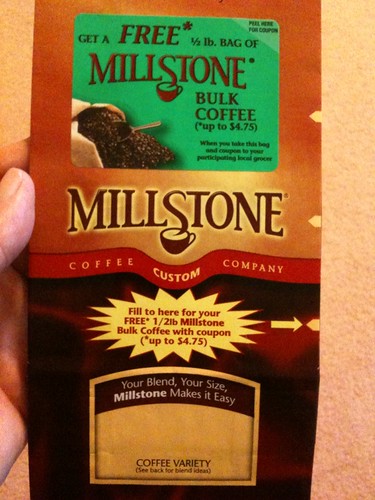Social promotions such as those offered by deal-of-the-day website Groupon are wildly popular with shoppers, but they might not be as big a hit for businesses, according to a recent study by Rice University's Jesse H. Jones Graduate School of Business.But there's more to this story ...
Groupon promotions were profitable for 66 percent of the businesses surveyed for the study, but they were unprofitable for 32 percent. More than 40 percent of the respondents indicated they would not run such a promotion again.
Groupon is a social promotion site that features a daily deal for each city in which it operates and offers consumers a significant discount for a local good, service or event. The discount is valid only if a minimum number of consumers purchase the deal.
The fact that more than 40% businesses advertising on Groupon wouldn't do so again is a symptom of a larger malady: Most businesses just don't know what to do with new customers.
My version of Business 101 has two vital tenets:
- it's infinitely easier and cheaper to sell to a current customer than a total stranger; and
- if you aren't building a customer database to market to, you aren't building a business.
- spending too much time and money hunting and gathering new customers; and
- spending too little time and money selling to existing customers.
Note well that first sentence, because it holds the key to dependable, recession-proof profits for you: "Use promotions for building relationships instead of creating one-time transactions."
To learn how to build a business that turns transactions into profitable relationships, look at Zappos.
Early on, Zappos chose to spend more on getting current customers to buy again and more frequently, than on convincing strangers to buy. It did this by making customer service the focus of the company.
Answer me these questions three:
- How much time and money do you spend on advertising?
- How much time and money do you spend on customer care and retention?
- How can you invest more in that latter number?
Take your time and get the right answers. They may hold the key to the future of your business.
(For more ideas like these, download Guaranteed Marketing for Service Business Owners.)





